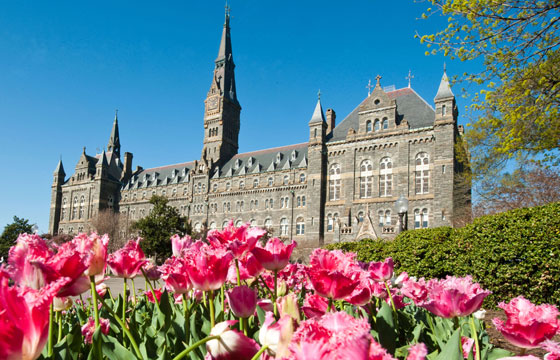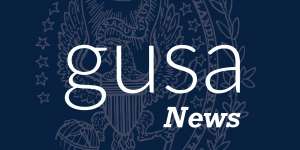The first Hoya Roundtable of the 2018-19 academic year, held on Nov. 5, addressed the current tuition rate and projected increases. Provost Robert Groves and university representatives attempted to answer questions and provide rationale behind the university’s decision to increase the 2018-19 tuition by 3.5 percent, along with increasing other costs. This editorial board believes it is imperative that the administration increases transparency and specificity regarding tuition raises so that the student body has a better idea of where its tuition dollars are going.
Provost Groves explained at the Roundtable that projects like field renovations, improving arts spaces, and making changes to other areas around campus will impact tuition. The university will also allocate over $200 million for financial aid, its largest investment ever. These are deserving recipients, and affordability should always come first, but if tuition keeps rising, so should the focus on improving deteriorating housing, increasing facilities and maintenance staff, and bettering the Student Health Center. How our tuition dollars are spent should take into account student priorities as much as possible, and students must hold the university accountable by voicing their opinions on tuition hikes.
In an email to the undergraduate student community on Jan. 17, 2018, Provost Groves announced the tuition increase and included a chart to demonstrate what percentage of the university’s budget would be allocated to the following areas: “Instruction,” “Financial Aid and Graduate Student Support,” “Student Services,” “Institutional Support,” and “Other Support Expenses.” These categories are vague and explain very little in terms of spending allocations. While the university publishes a lengthy annual budget breakdown, these documents are difficult for students to find and are not often publicized. The administration must increase transparency and accessibility of information regarding tuition raises.
Between 2015 and 2017, Georgetown’s tuition rose from $46,200 to $51,720. For the 2017 fiscal year, tuition rose by four percent, and for the 2018-2019 academic year it rose by another 3.5 percent, to $53,520. Students are living in dorms infested with mold and mice. The administration must prioritize the unhealthy living conditions of its students over more flashy projects when distributing tuition dollars.
We acknowledge that our endowment is markedly smaller than comparably ranked institutions, as Georgetown is 61st in collegiate endowments in the U.S. as of 2016. Nearly half of Georgetown’s revenue is generated by student tuition. However, the problem is not how much money we have but rather that Georgetown does not always use its money in a way that prioritizes students.
According to the 2017 budget report, the university invested $32.6 million in new construction on buildings such as Arrupe Hall and the Thompson Athletic Center, while the university spent only $12.1 million on renovation and improvement project expenditures. In that same year, room rates for Main Campus housing increased between 3 and 7.6 percent. With a three-year on-campus living requirement, students are forced to pay increasingly high rents for dorms with subpar conditions.
George Washington University has implemented a tuition freeze, which does not cover room and board, but does mean that the tuition a student commits to paying when entering their first year of school will not increase during their time at GW. But the administration wrote in Jan. 2017 that such a program is not ideal, though the document did not sufficiently explain why. We believe Georgetown should seriously consider implementing a similar program.
This editorial board is asking the university to keep the student body informed on how and why tuition is rising, yet students also have a responsibility to hold the university accountable for what their money is going toward. Students must not become complacent and accept the yearly pattern we’ve come to expect: yet another tuition hike. Hoya Roundtables are a step in the right direction for the university, but more students must attend. We must care about where our tuition dollars go and make our concerns known.





